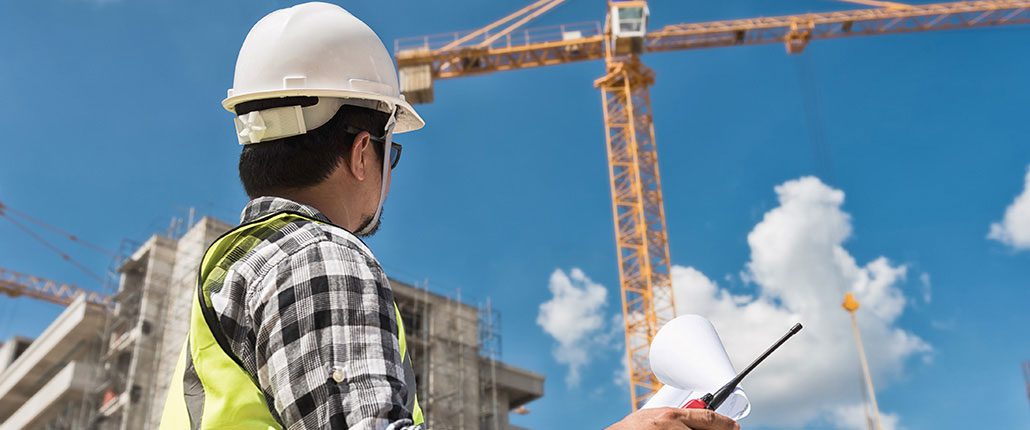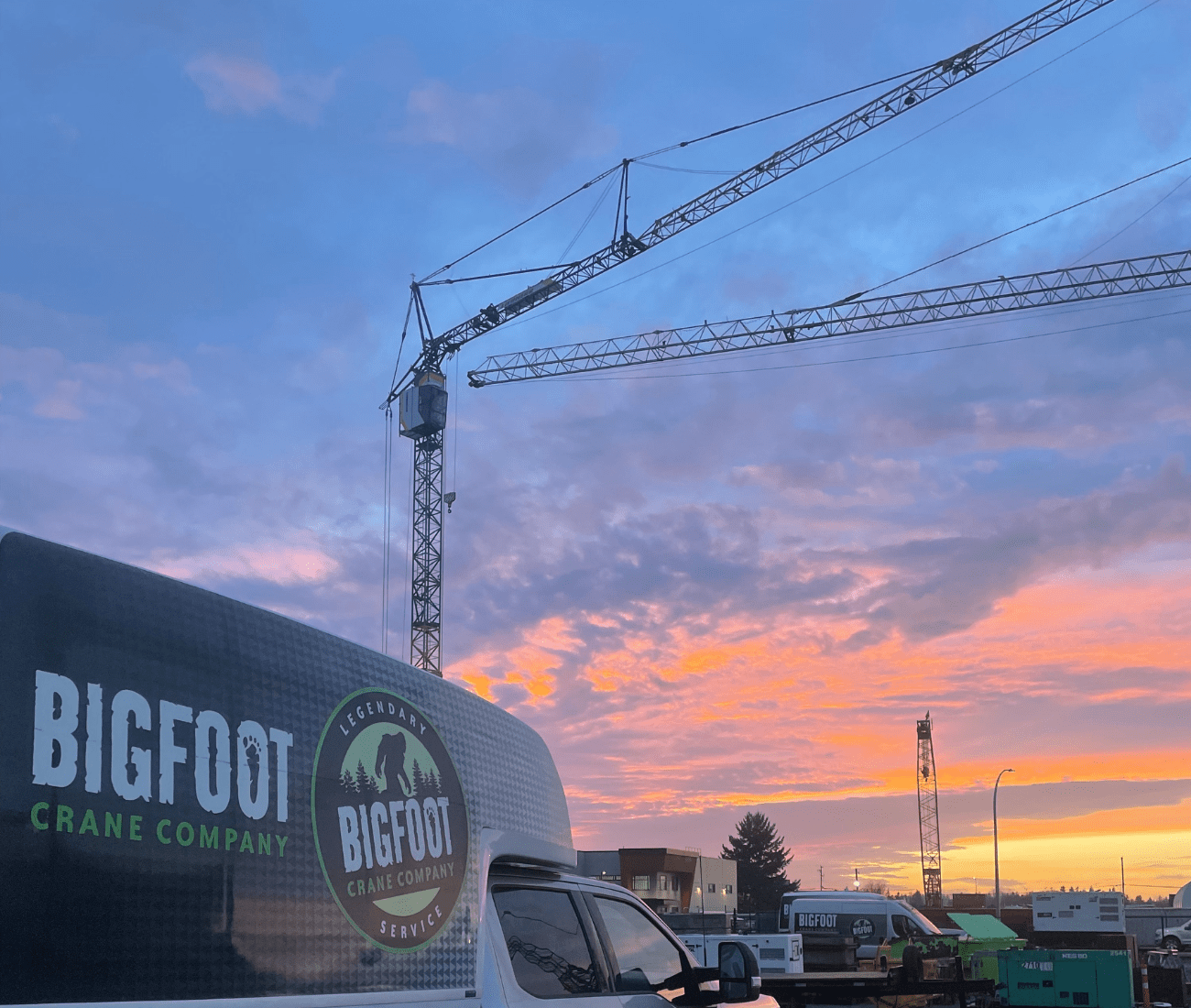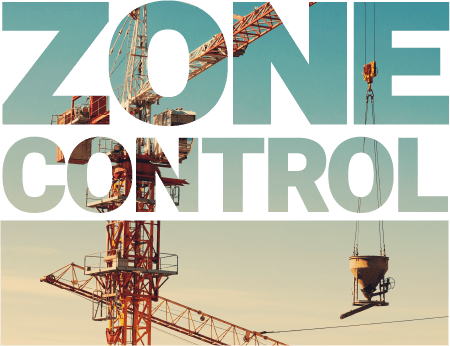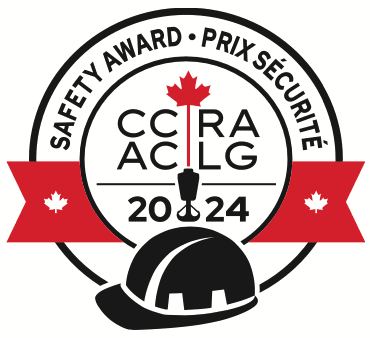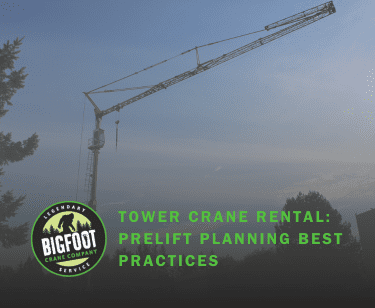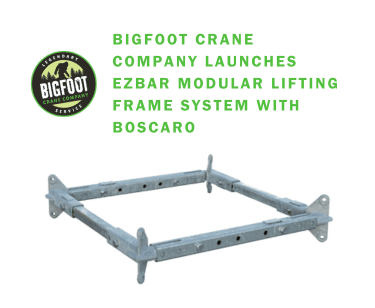The intricate requirements in high-rise construction work demand specific solutions and in-depth expertise far beyond simple paperwork. There are many causes for injuries in high-rise construction work and most of them are related to individual falls and the mishandling of goods.
High-Rise Construction Risk Assessment
Work accidents related to safety often include: ladders, falling waste, individual falling and trips, electrical shock, and crane and hoist operation. The key measures of improving on-site job safety in high-rise construction are in the following areas:
- safety equipment
- facility design
- education
- awareness
Individual falls are one of the most common accidents that occur during construction and the main causes are distracted employees, unsafe balustrades, or slippery footing. The attempt to remove any one of these causes might lower the risk of accidents, but each injury also has specific causes that need to be addressed.
It is the manager’s job, as the direct representative of the owner, to ensure that all contractors and their employees follow the safety regulations and use the fine-and-reward system to increase safety at workplaces.
Key Safety Strategies for High-Rise Construction
Quality control in high-rise construction is critical to ensure that the minimum quality standards are applied on site, in order to ensure efficient performance and maintain good construction quality.
During high-rise construction, safety precautions include vigilance, understanding the risks of the working practices, and employing professional physical safeguards like barricades, braces, railing, and guy lines. Also, the following protection systems should be standard in high-rise construction projects:
- standpipes
- sidewalk sheds
- jersey barriers
- vertical netting
- horizontal netting
Making responsible decisions in the planning and design stages can ensure safety during a high-rise construction project. Safety also relies heavily on educating the workers and ensuring optimal cooperation and communication between owners, inspectors and project managers. Workers should be educated to inform their managers of the possibilities of accidents and avoid taking unnecessary risks.
Other safety precautions should include no smoking on the premises. Managers should rigorously check and monitor all possible causes that may lead to fire or explosions, including flammable materials and chemicals found on-site.
Specialized Project Management and Supervision
Given the high degree of human error, safety is also increased by strengthening rules, regulations, and fines, as well as frequent training, daily inspections, weekly safety audits, safety signs and billboards. Plus, incentives and performance bonuses should encourage workers to obey the rules and give good examples for ensuring safety on site.
In order to ensure safety, project managers must:
- identify foreseeable hazards that could give rise to bodily injury or death risks
- eliminate or minimize the risks as much as possible by implementing control measures
- maintain risk control measures and revise them so as to maintain, as much as possible, a safe work environment
Each of these safety methods is applied based on specific on-site requirements and considerable planning. In order to guarantee proper handling and execution of the designs and plans of high-rise construction, workers must undergo periodic training sessions.
It is highly recommended that owners work closely with professional project management teams in order to ensure that the schedule is reached within budget and quality standards and safety demands are successfully met.
photo via www.newsletters.agc.org

